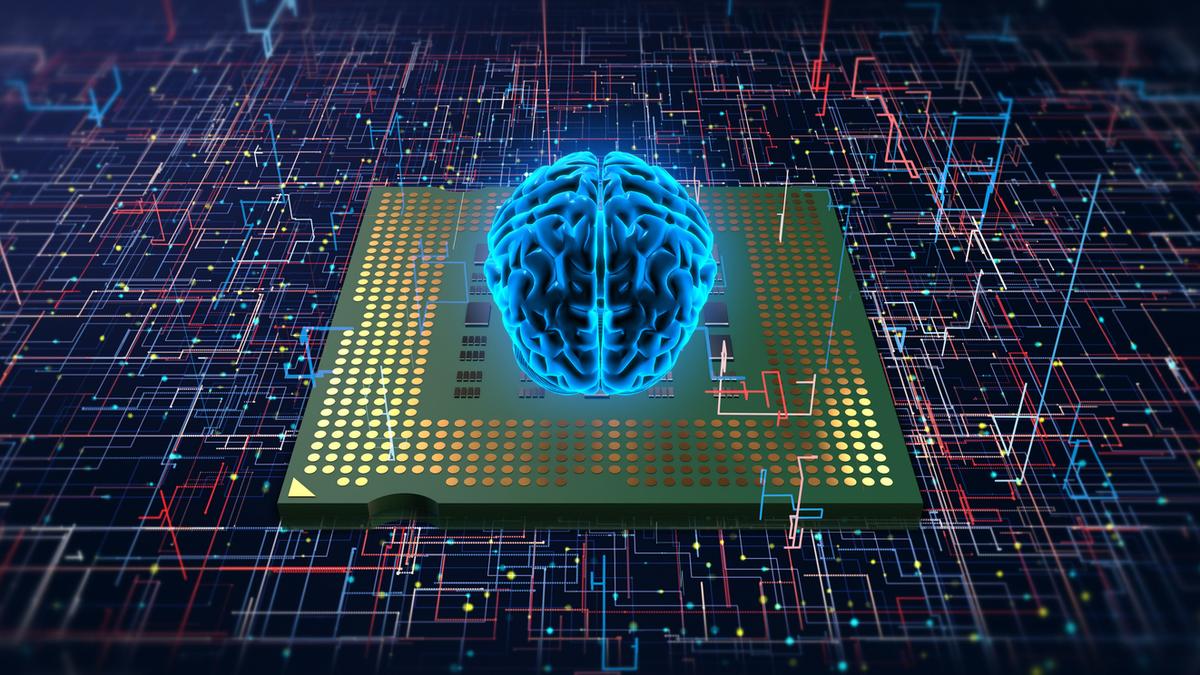Scientists at the Indian Institute of Science (IISc) have made significant strides in the field of computing with their development of a brain-inspired analog computing platform. This innovative technology is designed to mimic the brain’s ability to store and process data efficiently.
Key Features of the Analog Computing Platform
- Brain-Inspired Design
The platform is modeled after the human brain’s neural architecture, allowing for enhanced data processing capabilities. This design aims to improve the efficiency and speed of computations. - Data Storage and Processing
Unlike traditional digital computing, this analog platform can store and process data in a manner similar to how the brain functions. This feature promises advancements in handling complex data operations. - Efficiency and Speed
By leveraging analog computing principles, the platform is expected to offer superior performance in terms of both speed and energy efficiency compared to conventional digital systems.
Potential Applications
- Artificial Intelligence
The technology could revolutionize AI by providing a more natural and efficient way to process information, potentially leading to more advanced and intuitive AI systems. - Neuroscience Research
The brain-inspired platform may offer new insights into how the brain processes information, aiding in neuroscience research and understanding of brain functions.
Future Prospects
The development of this brain-inspired analog computing platform marks a significant milestone in computing technology. It opens up new possibilities for both theoretical research and practical applications in various fields.
Multiple-Choice Questions (MCQs):
1. What is the primary inspiration behind the IISc analog computing platform?
a) Traditional digital computing
b) Quantum computing
c) Human brain’s neural architecture
d) Classical mechanical systems
Answer: c) Human brain’s neural architecture
2. What advantage does the brain-inspired analog computing platform have over traditional digital systems?
a) Increased size
b) Reduced processing speed
c) Enhanced efficiency and speed
d) Higher power consumption
Answer: c) Enhanced efficiency and speed
3. Which field could benefit from the brain-inspired analog computing platform?
a) Classical literature
b) Artificial Intelligence
c) Traditional agriculture
d) Historical research
Answer: b) Artificial Intelligence
4. What potential impact does the analog computing platform have on neuroscience research?
a) No impact
b) Decreases understanding of brain functions
c) Provides new insights into brain processing
d) Limits research opportunities
Answer: c) Provides new insights into brain processing
5. What is one of the key features of the IISc analog computing platform?
a) Mimicking digital circuits
b) Based on classical mechanics
c) Mimicking the brain’s data processing
d) Using large-scale magnetic storage
Answer: c) Mimicking the brain’s data processing
